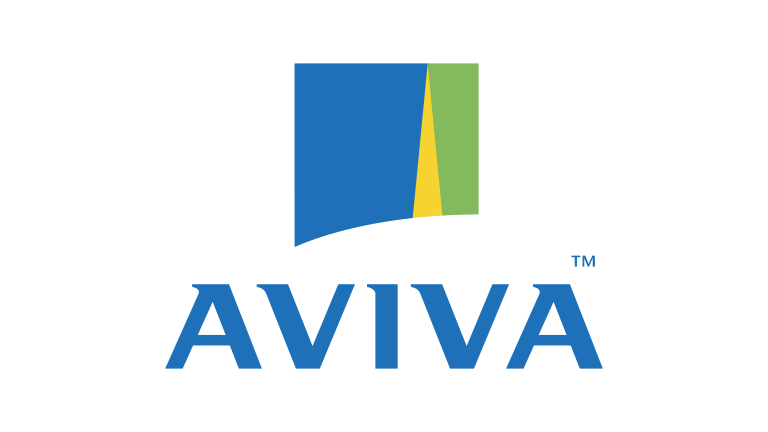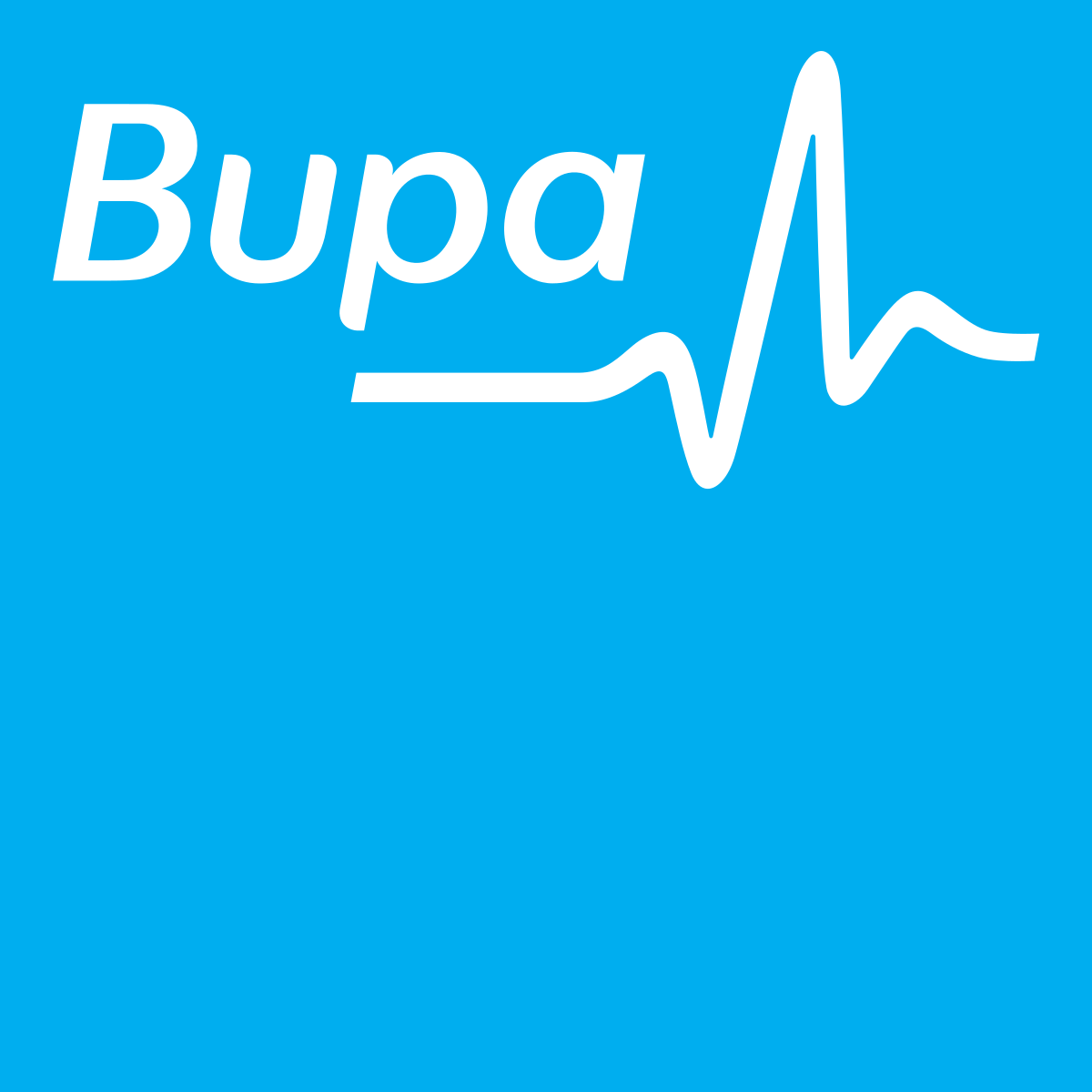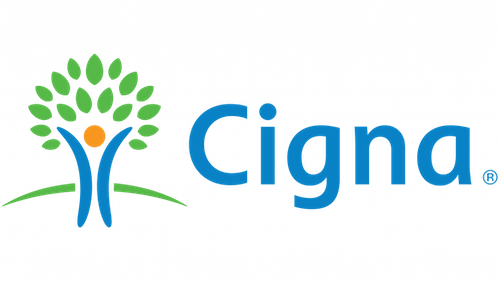The LINX Device for GORD Treatment
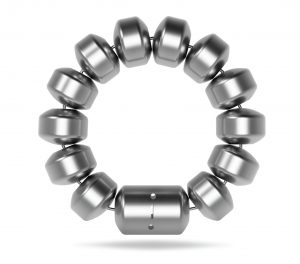 The LINX device represents a relatively new, minimally invasive and revolutionary treatment for moderate to severe Gastroesophageal Reflux Disease or GORD. LINX consists of a bracelet-type device made of titanium beads. It is about the circumference of a 50p coin, but comes in many sizes to fit individual patients. The clasps of the bracelet are made of magnetic material to secure it in place.
The LINX device represents a relatively new, minimally invasive and revolutionary treatment for moderate to severe Gastroesophageal Reflux Disease or GORD. LINX consists of a bracelet-type device made of titanium beads. It is about the circumference of a 50p coin, but comes in many sizes to fit individual patients. The clasps of the bracelet are made of magnetic material to secure it in place.
How LINX is Placed
The LINX devices is placed during a minimally invasive surgical procedure that lasts about 20 to 25 minutes. During the procedure Mr. Ahmed places the device around the Lower Oesophageal Sphincter (LOS) and the magnetic clasp keeps pressure on the weak or malfunctioning LOS. The magnetic the bracelet is, however, flexible enough to allow liquid and solid food through the LOS when the patient is eating, yet applies enough pressure on the oesophagus to stop the upward movement of stomach acid.
The LINX device is a straightforward and minimally invasive solution that is often preferable to traditional minimally invasive surgery such as fundoplication because of the shorter recovery time with similar results. Indeed, most patients see improvement in acid reflux symptoms immediately after surgery.
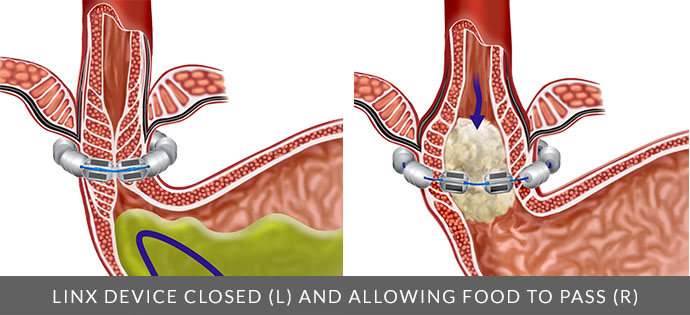
Risks and Considerations of LINX
The risks of the links device will be discussed during your consultation with Mr. Ahmed. The most common risks include those inherent to any surgical procedure such as pain, blood loss and infection. Risks specific to the links procedure include the erosion of the bracelet into the oesophagus, slippage of the device and difficulty swallowing due to the pressure placed on the oesophagus by the device. Each of these conditions can be rectified with a minimally invasive follow-on procedure. Significant side effects and risks are rare in highly experienced hands.
For more information about LINX device and how it can help you improve or eliminate symptoms associated with GORD, please contact us.
 Consultant Laparoscopic & Bariatric Surgeon
Consultant Laparoscopic & Bariatric Surgeon
